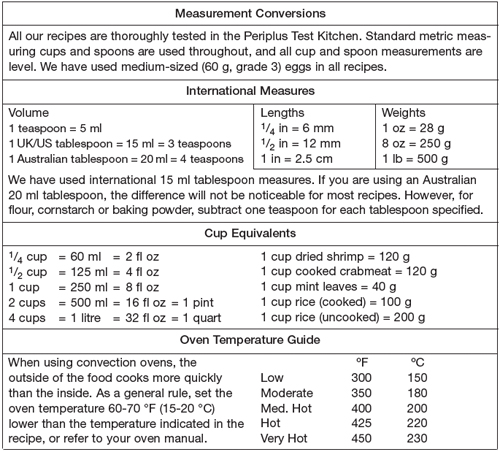 Published by Periplus Editions (HK) Ltd. Copyright 2007 Periplus Editions (HK) Ltd. All rights reserved. No part of this publication may be reproduced, stored in a retrieval system or transmitted in any form or by any means, electronic, mechanical, photocopying, recording or otherwise without the prior written permission of the publisher. Recipes by Angela Nahas, Nongkran Daks, Alexandra Greeley, Rohani Jelani, Daniel Reid, Cecilia Au-Yang, Wendy Hutton, William W. Tobing. Tobing.
Published by Periplus Editions (HK) Ltd. Copyright 2007 Periplus Editions (HK) Ltd. All rights reserved. No part of this publication may be reproduced, stored in a retrieval system or transmitted in any form or by any means, electronic, mechanical, photocopying, recording or otherwise without the prior written permission of the publisher. Recipes by Angela Nahas, Nongkran Daks, Alexandra Greeley, Rohani Jelani, Daniel Reid, Cecilia Au-Yang, Wendy Hutton, William W. Tobing. Tobing.
Photography by Edmond Ho, Suan I. Lim, Chester Ong, Stryke@shotsighted.com, Minori Kawana and Masano Kawana. Food styling by Susie Donald, Rohani Jelani, Suan I. Lim, Chester Ong, Cecilia Au-Yang, Christina Ong, Christopher Tan and Minori Kawana. Previously published as LTC Fabulous Asian Homestyle Recipes. ISBN: 0-7946-0212-6 Distributors North America, Latin America and Europe Tuttle Publishing, 364 Innovation Drive North Clarendon, VT 05759-9436, U.S.A.
Tel: 1 (802) 773-8930; Fax: 1 (802) 773-6993 info@tuttlepublishing.com www.tuttlepublishing.com Asia Pacific Berkeley Books Pte Ltd, 61 Tai Seng Avenue, #02-12, Singapore 534167 Tel: (65) 6280 1330; Fax: (65) 6280 6290 inquiries@periplus.com.sg www.periplus.com ISBN: 978-1-4629-0498-3 (ebook) Printed in Malaysia 12 11 10 09 7 6 5 4 3 2 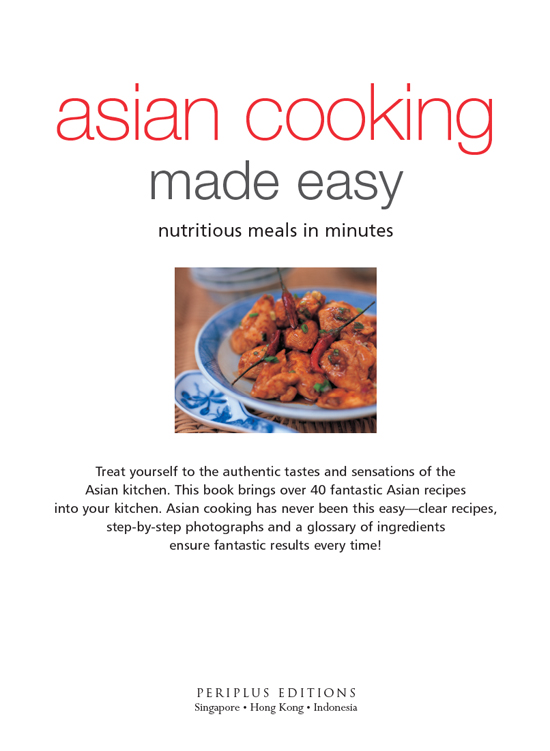 Contents
Contents
MAIL ORDER SOURCES Finding the ingredients for Asian home cooking has become very simple. Most supermarkets carry staples such as soy sauce, fresh ginger, and fresh lemongrass. Almost every large metropolitan area has Asian markets serving the local populationjust check your local business directory. With the Internet, exotic Asian ingredients and cooking utensils can be easily found online. The following list is a good starting point of online merchants offering a wide variety of goods and services. http://www.asiafoods.com http://www.geocities.com/MadisonAvenue/8074/VarorE.html http://dmoz.org/Shopping/Food/Ethnic_and_Regional/Asian/ http://templeofthai.com/ http://www.orientalpantry.com/ http://www.zestyfoods.com/ http://www.thaigrocer.com/Merchant/index.htm http://asianwok.com/ http://pilipinomart.com/ http://www.indiangrocerynet.com/ http://www.orientalfoodexpress.com/ Ask anyone what they consider homestyle cooking to be and theyre likely to say its food thats just like Mom used to make.
And it doesnt matter whether Mom is American, Chinese, Indonesian, Japanese, Malaysian or Vietnamese. The answer is always the same: homestyle food is familiar, its nourishing, its simple and its economical. In this book, weve compiled recipes for favorite dishes made by moms in the home kitchens of China, Indonesia, Japan, Malaysia, Singapore and Vietnam. Its an exciting array of flavors and textures that provides an overview of how similar these cooking styles can be, but how quickly and easily they take on their own unique tastes with the addition of a different blend of spices, or coconut milk, or dried shrimp paste. Most of the items in the Basic Asian Ingredients list are spices and condiments which, when combined, give these dishes their unique and exotic flavors. And once those ingredients have found their way into your cupboard the spices in small quantities to maintain freshness, and properly stored in glass jars in a cool, dark placeyoull have everything you need to add those fabulous flavors to your everyday meals.
Many of these recipes involve making a spice paste to blend the flavors. Usually, whole spices such as seeds and peppercorns are first heated to release their aromas and flavors by dry-frying them in a dry, heavy-bottomed skillet until they become aromatic. They are then ground and combined with the rest of the spice paste ingredients. Flavors are also released from ingredients such as lemongrass, garlic and ginger by bruising them, which means mashing them lightly with the side of a knife blade or cleaver. Asian homestyle cooking anywhere depends largely on the quality and freshness of the ingredients you use. Almost all of these recipes lend themselves readily to spontaneous improvisation and creative innovation, leaving the cook plenty of leeway to substitute ingredients according to whats available.
Basic Asian Ingredients Chili peppers come in many shapes, sizes and colors. Fresh green and red Asian finger-length chilies are moderately hot. Dried chilies are usually deseeded, cut into lengths and soaked in warm water to soften before use. Chili oil is made from dried chilies or chili powder infused in oil, and is used to enliven some Sichuan dishes. Coconut milk is available canned or in packets in most well-stocked supermarkets. It comes in varying consistencies and you will need to adjust the thickness by adding water as needed.
In general, you should add 1 cup of water to 1 cup of coconut cream to obtain thick coconut milk, and 2 cups of water to 1 cup of coconut cream to obtain thin coconut milk.  Daikon radish is a large, crisp, white-fleshed radish, with a sweet and clean flavor. It is a vegetable that is widely used in Japanese and Korean cooking, and can be eaten raw, or cooked. The skin needs to be peeled or scrubbed before using. Daikon is available from Asian markets and many well-stocked supermarkets. Dashi granules are used to make Basic Dashi Stock and as a basic seasoning in many soups and salad dressings.
Daikon radish is a large, crisp, white-fleshed radish, with a sweet and clean flavor. It is a vegetable that is widely used in Japanese and Korean cooking, and can be eaten raw, or cooked. The skin needs to be peeled or scrubbed before using. Daikon is available from Asian markets and many well-stocked supermarkets. Dashi granules are used to make Basic Dashi Stock and as a basic seasoning in many soups and salad dressings.
It may be substituted with soup stock powder or bouillon cubes. The recipe for making Basic Japanese Dashi Stock is on page 7.  Dried shrimp paste , also known as belachan , is a dense mixture of fermented ground shrimp that must be toasted before useeither wrapped in foil and dry-roasted or toasted over a gas flame on the tip of a metal skewer or back of a spoon.
Dried shrimp paste , also known as belachan , is a dense mixture of fermented ground shrimp that must be toasted before useeither wrapped in foil and dry-roasted or toasted over a gas flame on the tip of a metal skewer or back of a spoon.  Fish sauce is made from salted, fermented fish or shrimp. Good quality fish sauce is golden-brown in color and has a salty tang. It is available in bottles in most supermarkets.
Fish sauce is made from salted, fermented fish or shrimp. Good quality fish sauce is golden-brown in color and has a salty tang. It is available in bottles in most supermarkets.
Five spice powder is a highly aromatic blend of Sichuan pepper, cinnamon bark, clove, fennel and star anise, ground to a fine powder and used to season stir-fried noodles, in marinades and for sauces.  Japanese seven-spice chili powder ( shichimi ) is a mixture of several different spices and flavors. It contains sansho , ground chilies, hemp seeds, dried orange peel, flakes of nori , white sesame seeds and white poppy seeds. It is available in small bottles in Japanese stores.
Japanese seven-spice chili powder ( shichimi ) is a mixture of several different spices and flavors. It contains sansho , ground chilies, hemp seeds, dried orange peel, flakes of nori , white sesame seeds and white poppy seeds. It is available in small bottles in Japanese stores.  Mirin is a type of sweetened rice wine sold in bottles in Japanese stores. It is used only for cookingthe alcohol dissipates through cooking.
Mirin is a type of sweetened rice wine sold in bottles in Japanese stores. It is used only for cookingthe alcohol dissipates through cooking.
Use 1 teaspoon sugar added to 2 teaspoons sake as a substitute for 1 tablespoon mirin. Miso is a protein-rich, salty paste made of fermented soy beans. It has a distinctive aroma and flavor, and is a very important ingredient in Japanese cuisine. Miso must be kept refrigerated and is sold in plastic packs or tubs in the refrigerated section of Asian food stores. It comes in different grades, varieties and colors. Mitsuba , a member of the parsley family, is used as a herb in soups, in salads and with fried foods.
Next page
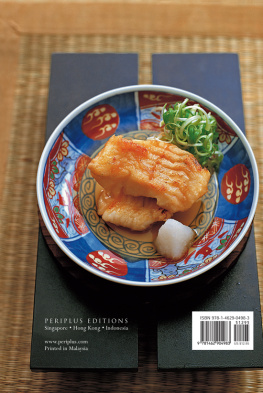
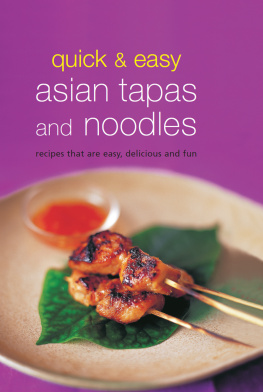
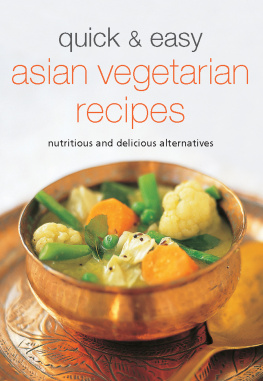
![Periplus Editors - Classic Asian cakes and desserts: [quick and delicious favorites]](/uploads/posts/book/226703/thumbs/periplus-editors-classic-asian-cakes-and.jpg)
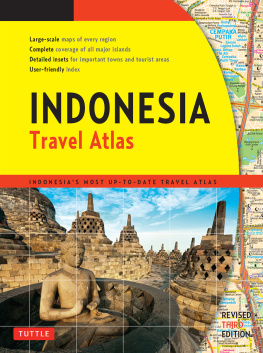
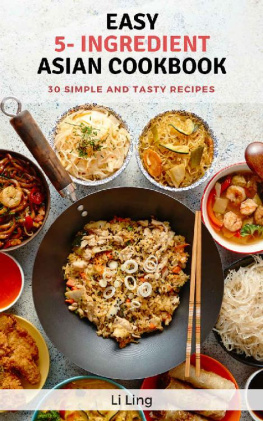
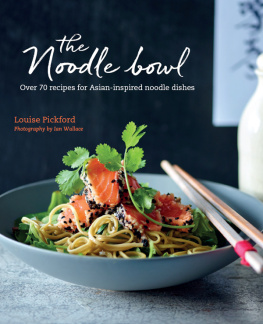

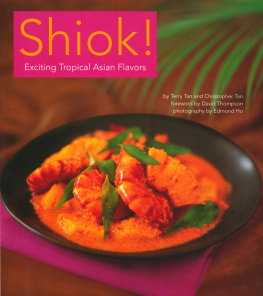
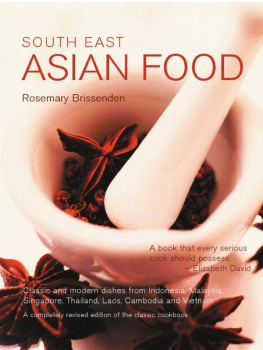
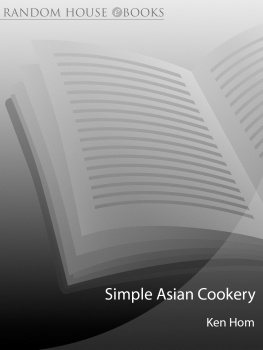
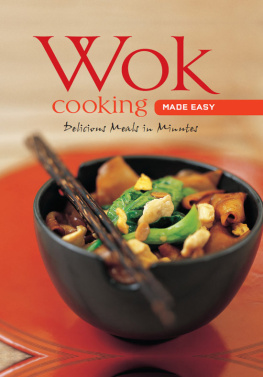
 Published by Periplus Editions (HK) Ltd. Copyright 2007 Periplus Editions (HK) Ltd. All rights reserved. No part of this publication may be reproduced, stored in a retrieval system or transmitted in any form or by any means, electronic, mechanical, photocopying, recording or otherwise without the prior written permission of the publisher. Recipes by Angela Nahas, Nongkran Daks, Alexandra Greeley, Rohani Jelani, Daniel Reid, Cecilia Au-Yang, Wendy Hutton, William W. Tobing. Tobing.
Published by Periplus Editions (HK) Ltd. Copyright 2007 Periplus Editions (HK) Ltd. All rights reserved. No part of this publication may be reproduced, stored in a retrieval system or transmitted in any form or by any means, electronic, mechanical, photocopying, recording or otherwise without the prior written permission of the publisher. Recipes by Angela Nahas, Nongkran Daks, Alexandra Greeley, Rohani Jelani, Daniel Reid, Cecilia Au-Yang, Wendy Hutton, William W. Tobing. Tobing. Contents
Contents Daikon radish is a large, crisp, white-fleshed radish, with a sweet and clean flavor. It is a vegetable that is widely used in Japanese and Korean cooking, and can be eaten raw, or cooked. The skin needs to be peeled or scrubbed before using. Daikon is available from Asian markets and many well-stocked supermarkets. Dashi granules are used to make Basic Dashi Stock and as a basic seasoning in many soups and salad dressings.
Daikon radish is a large, crisp, white-fleshed radish, with a sweet and clean flavor. It is a vegetable that is widely used in Japanese and Korean cooking, and can be eaten raw, or cooked. The skin needs to be peeled or scrubbed before using. Daikon is available from Asian markets and many well-stocked supermarkets. Dashi granules are used to make Basic Dashi Stock and as a basic seasoning in many soups and salad dressings. Dried shrimp paste , also known as belachan , is a dense mixture of fermented ground shrimp that must be toasted before useeither wrapped in foil and dry-roasted or toasted over a gas flame on the tip of a metal skewer or back of a spoon.
Dried shrimp paste , also known as belachan , is a dense mixture of fermented ground shrimp that must be toasted before useeither wrapped in foil and dry-roasted or toasted over a gas flame on the tip of a metal skewer or back of a spoon.  Fish sauce is made from salted, fermented fish or shrimp. Good quality fish sauce is golden-brown in color and has a salty tang. It is available in bottles in most supermarkets.
Fish sauce is made from salted, fermented fish or shrimp. Good quality fish sauce is golden-brown in color and has a salty tang. It is available in bottles in most supermarkets. Japanese seven-spice chili powder ( shichimi ) is a mixture of several different spices and flavors. It contains sansho , ground chilies, hemp seeds, dried orange peel, flakes of nori , white sesame seeds and white poppy seeds. It is available in small bottles in Japanese stores.
Japanese seven-spice chili powder ( shichimi ) is a mixture of several different spices and flavors. It contains sansho , ground chilies, hemp seeds, dried orange peel, flakes of nori , white sesame seeds and white poppy seeds. It is available in small bottles in Japanese stores.  Mirin is a type of sweetened rice wine sold in bottles in Japanese stores. It is used only for cookingthe alcohol dissipates through cooking.
Mirin is a type of sweetened rice wine sold in bottles in Japanese stores. It is used only for cookingthe alcohol dissipates through cooking.